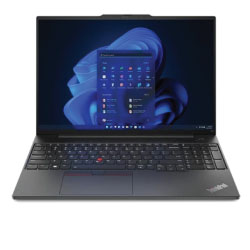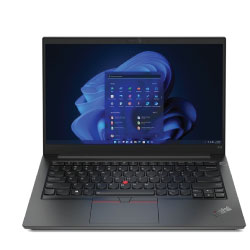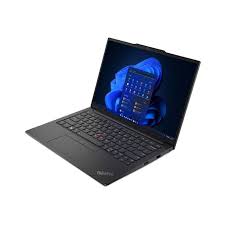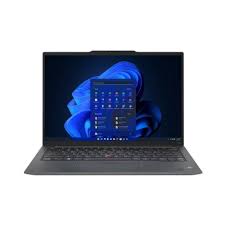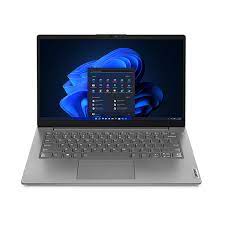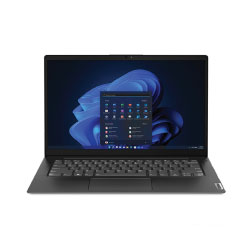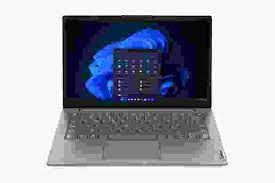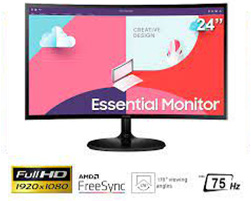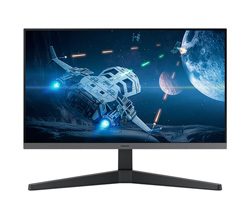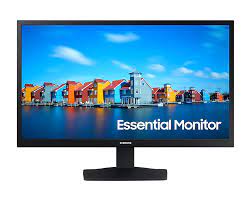Sản phẩm bán chạy Có tất cả 12 deals được tìm thấy
-
Máy Tính Xách Tay Lenovo ThinkPad E16 Gen 1 ( 21JN006GVN ) | Đen | Intel Core I7 – 1355U | RAM 16GB DDR4 | 512GB SSD | Intel Iris Xe Graphics | 16 Inch WUXGA | 3 Cell | Win 11SL | 2Yrs
22.500.000 đ
26.900.000 đ
0 đã muaXem-16%
-
Laptop Lenovo ThinkPad E14 Gen 4 – 21E300E2VN (i7-1255U, 16GB DDR4, 512GB SSD, W11H, Black)
18.700.000 đ
0 đã muaXem
-
Laptop Lenovo ThinkPad E14 GEN 5 21JK0069VA (Core i5 1335U/ 16GB/ 512GB SSD/ Intel Iris Xe Graphics/ 14.0inch WUXGA/ NoOS/ Black/ Aluminium/ 2 Year)
19.000.000 đ
22.200.000 đ
0 đã muaXem-14%
-
Laptop Lenovo ThinkPad E14 GEN 5 21JK006QVA (Core i5 1335U/ 8GB/ 512GB SSD/ Intel Iris Xe Graphics/ 14.0inch WUXGA/ NoOS/ Black/ Aluminium/ 2 Year)
17.500.000 đ
19.800.000 đ
0 đã muaXem-12%
-
Laptop Lenovo V14 G4 IRU (Core i5 1335U/ 16GB/ 512GB SSD/ Intel UHD Graphics/ 14.0inch Full HD/ NoOS/ Iron Grey/ ABS/ 1 Year)
12.600.000 đ
14.000.000 đ
0 đã muaXem-10%
-
Laptop Lenovo V14 G3 IAP 82TS0067VN (Intel Core i3-1215U | 4GB | 256GB | UHD Graphics | 14 inch FHD | Non OS | Đen)
8.200.000 đ
12.000.000 đ
0 đã muaXem-32%
-
Laptop Lenovo V14 G4 IRU (Core i5 1335U/ 16GB/ 512GB SSD/ Intel UHD Graphics/ 14.0inch Full HD/ NoOS/ Iron Grey/ ABS/ 1 Year)
12.500.000 đ
14.000.000 đ
0 đã muaXem-11%
-
Máy in đa chức năng Panasonic KX-MB1530
2.000.000 đ
4.590.000 đ
0 đã muaXem-56%
Laptop Có tất cả 7 deals được tìm thấy
-
Máy Tính Xách Tay Lenovo ThinkPad E16 Gen 1 ( 21JN006GVN ) | Đen | Intel Core I7 – 1355U | RAM 16GB DDR4 | 512GB SSD | Intel Iris Xe Graphics | 16 Inch WUXGA | 3 Cell | Win 11SL | 2Yrs
22.500.000 đ
26.900.000 đ
0 đã muaXem-16%
-
Laptop Lenovo ThinkPad E14 Gen 4 – 21E300E2VN (i7-1255U, 16GB DDR4, 512GB SSD, W11H, Black)
18.700.000 đ
0 đã muaXem
-
Laptop Lenovo ThinkPad E14 GEN 5 21JK0069VA (Core i5 1335U/ 16GB/ 512GB SSD/ Intel Iris Xe Graphics/ 14.0inch WUXGA/ NoOS/ Black/ Aluminium/ 2 Year)
19.000.000 đ
22.200.000 đ
0 đã muaXem-14%
-
Laptop Lenovo ThinkPad E14 GEN 5 21JK006QVA (Core i5 1335U/ 8GB/ 512GB SSD/ Intel Iris Xe Graphics/ 14.0inch WUXGA/ NoOS/ Black/ Aluminium/ 2 Year)
17.500.000 đ
19.800.000 đ
0 đã muaXem-12%
-
Laptop Lenovo V14 G4 IRU (Core i5 1335U/ 16GB/ 512GB SSD/ Intel UHD Graphics/ 14.0inch Full HD/ NoOS/ Iron Grey/ ABS/ 1 Year)
12.600.000 đ
14.000.000 đ
0 đã muaXem-10%
-
Laptop Lenovo V14 G3 IAP 82TS0067VN (Intel Core i3-1215U | 4GB | 256GB | UHD Graphics | 14 inch FHD | Non OS | Đen)
8.200.000 đ
12.000.000 đ
0 đã muaXem-32%
-
Laptop Lenovo V14 G4 IRU (Core i5 1335U/ 16GB/ 512GB SSD/ Intel UHD Graphics/ 14.0inch Full HD/ NoOS/ Iron Grey/ ABS/ 1 Year)
12.500.000 đ
14.000.000 đ
0 đã muaXem-11%
Smartphone Có tất cả 0 deals được tìm thấy
Máy Tính để bàn Có tất cả 1 deals được tìm thấy
-
máy tính để bàn Lenovo Neo 50T 11SC001MVA/Core i3/8GB/256GB SSD/Dos
8.450.000 đ
0 đã muaXem
Linh kiện laptop Có tất cả 0 deals được tìm thấy
Linh Kiện Máy Để Bàn Có tất cả 0 deals được tìm thấy
máy in Có tất cả 5 deals được tìm thấy
-
Máy in đa chức năng Panasonic KX-MB1530
2.000.000 đ
4.590.000 đ
0 đã muaXem-56%
-
Máy in Laser đen trắng Đa chức năng Brother MFC-7360 (in, scan, copy, fax)
2.500.000 đ
5.650.000 đ
0 đã muaXem-56%
-
Máy in đen trắng 2 mặt Canon LBP 3300
2.000.000 đ
3.800.000 đ
0 đã muaXem-47%
-
Máy in đa chức năng Panasonic KX-MB1520
2.000.000 đ
3.824.000 đ
0 đã muaXem-48%
-
Máy in Laser Samsung ML 2161
500.000 đ
1.900.000 đ
0 đã muaXem-74%
Màn hình PC Có tất cả 6 deals được tìm thấy
-
Màn hình SAMSUNG LS27C310EAEXXV (27 Inch – IPS – FHD – 75Hz)
2.850.000 đ
5.399.000 đ
0 đã muaXem-47%
-
Màn hình Samsung LF24T370FWEXXV (23.8Inch/ Full HD/ 5ms/ 75HZ/ 250cd/m2/ IPS)
2.360.000 đ
3.590.000 đ
0 đã muaXem-34%
-
MÀN HÌNH SAMSUNG LS24C360EAEXXV (24 INCH/FHD/VA/75HZ/4MS/CONG)
2.300.000 đ
2.499.000 đ
0 đã muaXem-8%
-
Màn hình LCD SAMSUNG 22″ LS22C310EAEXXV (1920 x 1080/IPS/75Hz/5 ms/FreeSync)
2.100.000 đ
2.290.000 đ
0 đã muaXem-8%
-
Màn hình LCD Samsung LS22A336NHEXXV
1.860.000 đ
2.130.000 đ
0 đã muaXem-13%
-
Màn hình LCD SAMSUNG 18.5″ LS19A330NHEXXV (1366 x 768/TN/60Hz/5 ms)
1.750.000 đ
2.100.000 đ
0 đã muaXem-17%
Thiết kế 3d Có tất cả 0 deals được tìm thấy
thiết kế ấn phẩm Có tất cả 1 deals được tìm thấy
-
thiết kế banner hội nghị, hội thảo, tổng kết, sinh nhật
300.000 đ
0 đã muaXem
thiết kế website bán hàng Có tất cả 1 deals được tìm thấy
-
thiết kế website bán hàng
1.800.000 đ
2.000.000 đ
0 đã muaXem-10%





